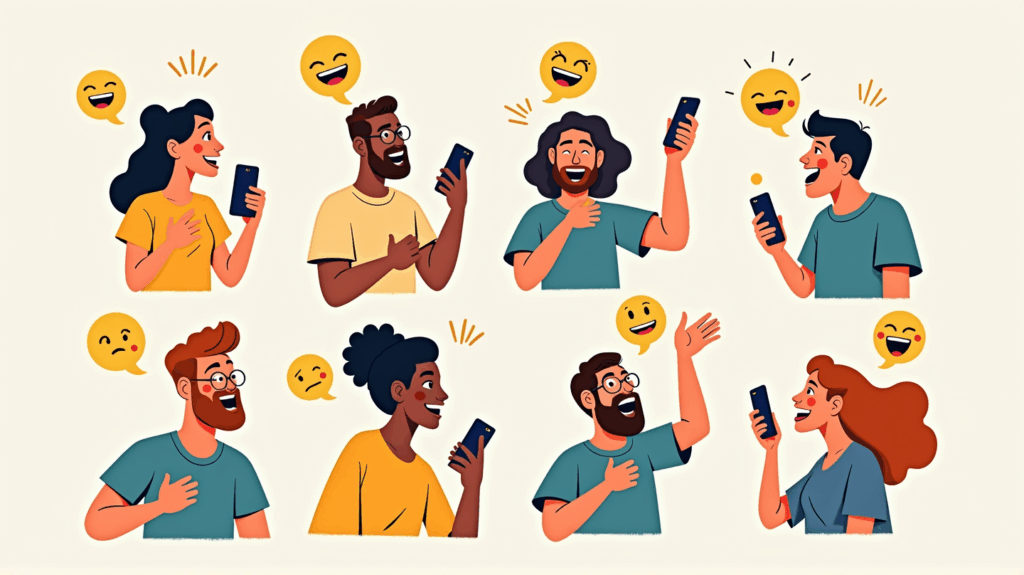In a world increasingly connected by digital threads, where text messages often bridge the gap between couples, the subtle art of emoji use emerges as a surprising key to relationship satisfaction. Recent research suggests that adding a dash of color and emotion to your messages could significantly strengthen your bond.
According to a study led by researchers at the University of Texas, couples who incorporate the whimsical charm of emojis into their text exchanges experience faster responses and a heightened sense of closeness. With more than 200 adults ranging from their 20s to 60s participating, the research reveals that emojis do not only break the monotony of plain text but also bolster attentiveness and enhance emotional engagement. It’s as simple as sending a smiling face or a cheerful thumbs-up.
Unlocking Connection with Emojis
The study’s findings suggest that the visual appeal of these tiny symbols plays a pivotal role in creating rapid and effective communication. One of the intriguing aspects of the study is that the specific type of emoji used—whether it’s a grinning emoji or a simple heart—doesn’t significantly alter the outcome. Instead, it is the presence of emojis alone that seems to enhance the interactions.
These universally understood symbols act as digital equivalents of facial expressions, making them indispensable tools for conveying an emotional tone and warmth. Just like how a single smile can light up a conversation, a single emoji can work wonders in virtual dialogue.
Digital Communication’s Visual Spice
Why do these digital symbols hold such power? The researchers suggest that our brains are wired to recognize images in milliseconds, allowing emojis to deliver emotional nuances swiftly and effectively. In a world where verbal cues often get lost in translation, emojis offer an intuitive and rapid means to broadcast feelings and intentions. They serve as ready-made visual cues that enhance the richness of digital communication.
The role of emojis becomes particularly pronounced in situations where face-to-face interactions are scarce, such as long-distance relationships. According to the Daily Mail, for many young adults and teenagers, daily texting with emojis creates an emotional lifeline to their partners. A surprising 72 percent of teenagers and young adults report incorporating emojis into their everyday communication with partners, underlining their role as a staple of digital affection.
Insights from Emotional Intelligence Studies
Emojis also play into broader psychological landscapes, as indicated by further studies linking emoji use to attachment styles and emotional intelligence. For instance, people with higher levels of attachment avoidance—those wary of emotional intimacy—tend to send fewer emojis. In contrast, individuals comfortable with emotional attachment might find themselves peppering their texts with expressive icons more freely.
“Emojis serve as a bridge in digital communication, providing emotional context that words alone may fail to convey,” says Dr. Emily Carter, a psychologist specializing in digital communication.
Embrace the Artful Emoji
In conclusion, emojis offer more than just a playful addition; they can serve as pathways to stronger emotional bonds. As research continues to unfold, the language of emojis may very well develop further, bringing us closer in a world of virtual love and connection. So, next time you text your loved one, consider brightening their day with a simple smiley—it just might make your relationship a little more intimate.
The implications of this study suggest that as digital communication evolves, so too will the tools we use to maintain our relationships. Whether through new forms of emojis or other digital expressions, the future of communication holds exciting possibilities for enhancing human connection.
